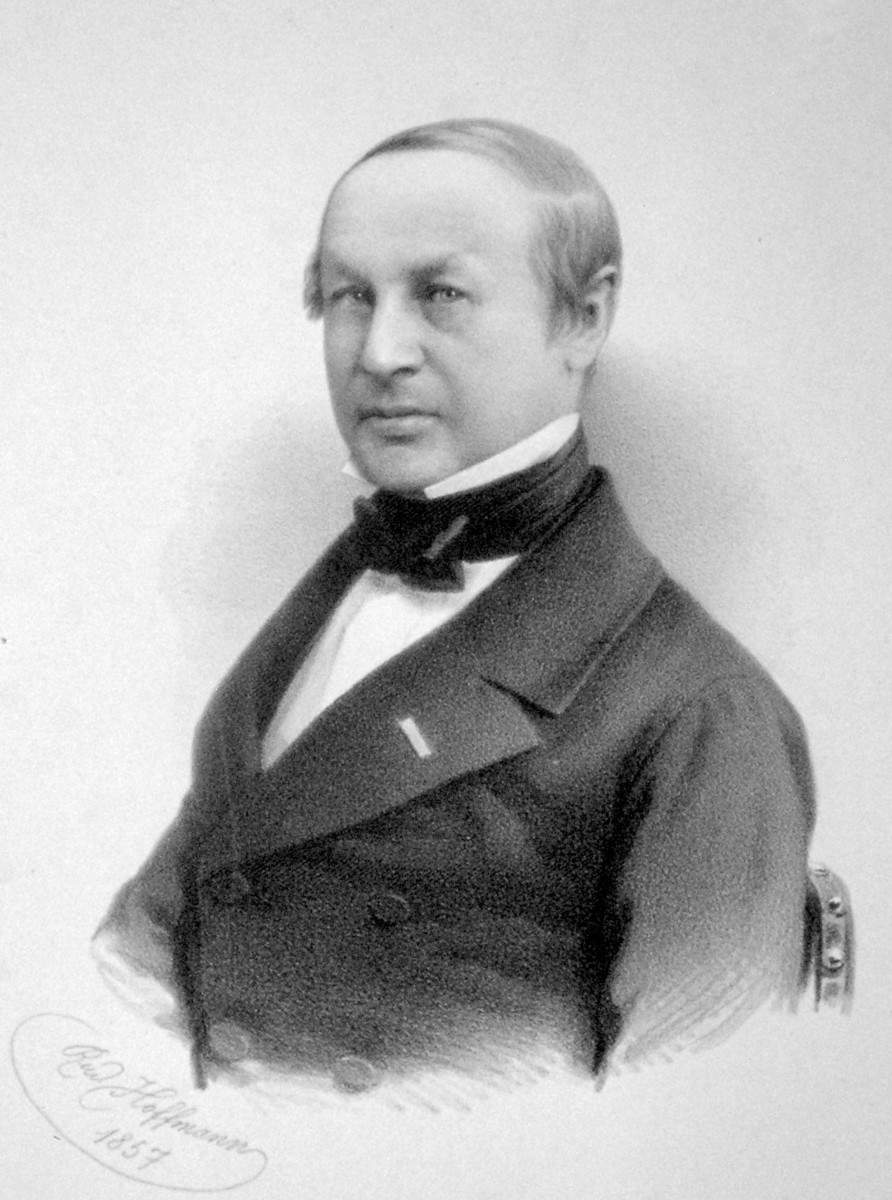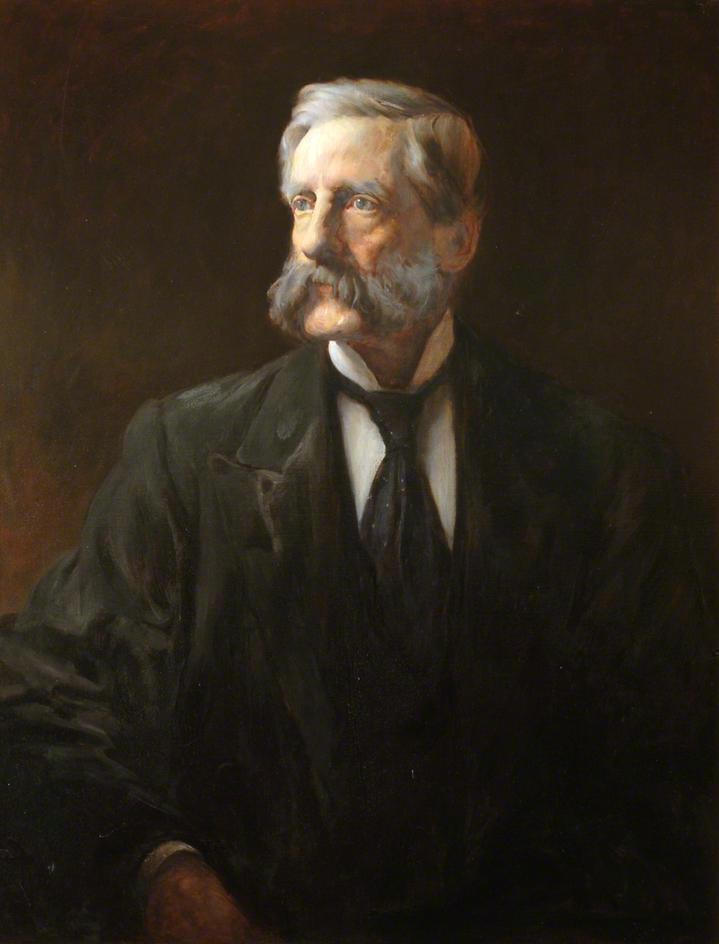THEODOR SCHWANN (1810-1882). Mikroskopische Untersuchungen über die Uebereinstimmung in der Struktur und dem Wachsthum der Thiere und Pflanzen. [Microscopical researches into the accordance in the structure and growth of animals and plants] Printed by Georg Reimer in Berlin in 1839. First edition. 270 pages. 21 cm tall. Schwann was an energetic and talented researcher, inventor,Continue reading “New Book: Theodor Schwann, Mikroskopische…, 1839 | John Martin Rare Book Room @Hardin Library”
Tag Archives: microscopy
Arthur Hill Hassall | Food and its Adulterations | November 2018 Notes from the John Martin Rare Book Room
ARTHUR HILL HASSALL (1817-1894). Food and its adulterations. London: Longman, Brown, Green, and Longmans, 1855. Hassall studied medicine as his uncle’s apprentice in Dublin and later returned to England where he received a diploma from the Royal College of Surgeons in 1839 and an M.D. from the University of London in 1851. An individual of many scientificContinue reading “Arthur Hill Hassall | Food and its Adulterations | November 2018 Notes from the John Martin Rare Book Room”

